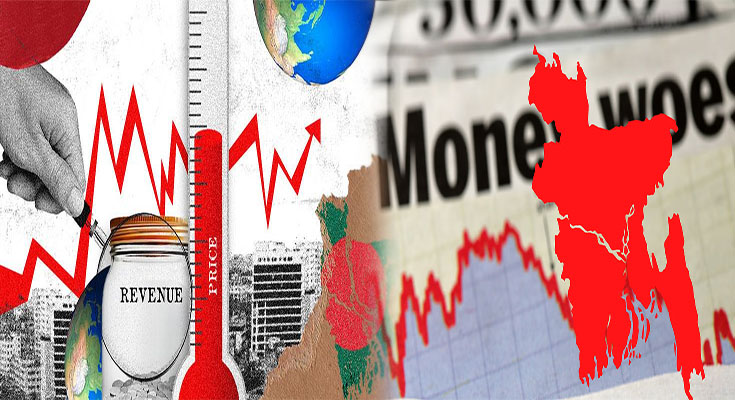
Analyzing Lending Behavior and Its Influence on Inflation
Lending behavior plays a significant role in the economy, affecting various aspects such as economic growth, interest rates, and inflation. In this article, we will delve into how analyzing lending behavior can provide insights into its influence on inflation and the broader economic landscape.
Understanding Lending Behavior
Lending behavior refers to the actions and decisions made by financial institutions, businesses, and individuals regarding borrowing and lending money. This behavior is influenced by a variety of factors, including interest rates, economic conditions, regulatory environment, and individual risk profiles.
Influence of Lending Behavior on Inflation
1. Credit Expansion
Lending behavior has a direct impact on the money supply in the economy. When lending expands, more money is injected into circulation, leading to an increase in consumer spending and aggregate demand. This increased demand can put upward pressure on prices, contributing to inflationary pressures.
2. Interest Rates
The level of lending activity also …
Analyzing Lending Behavior and Its Influence on Inflation Read More

